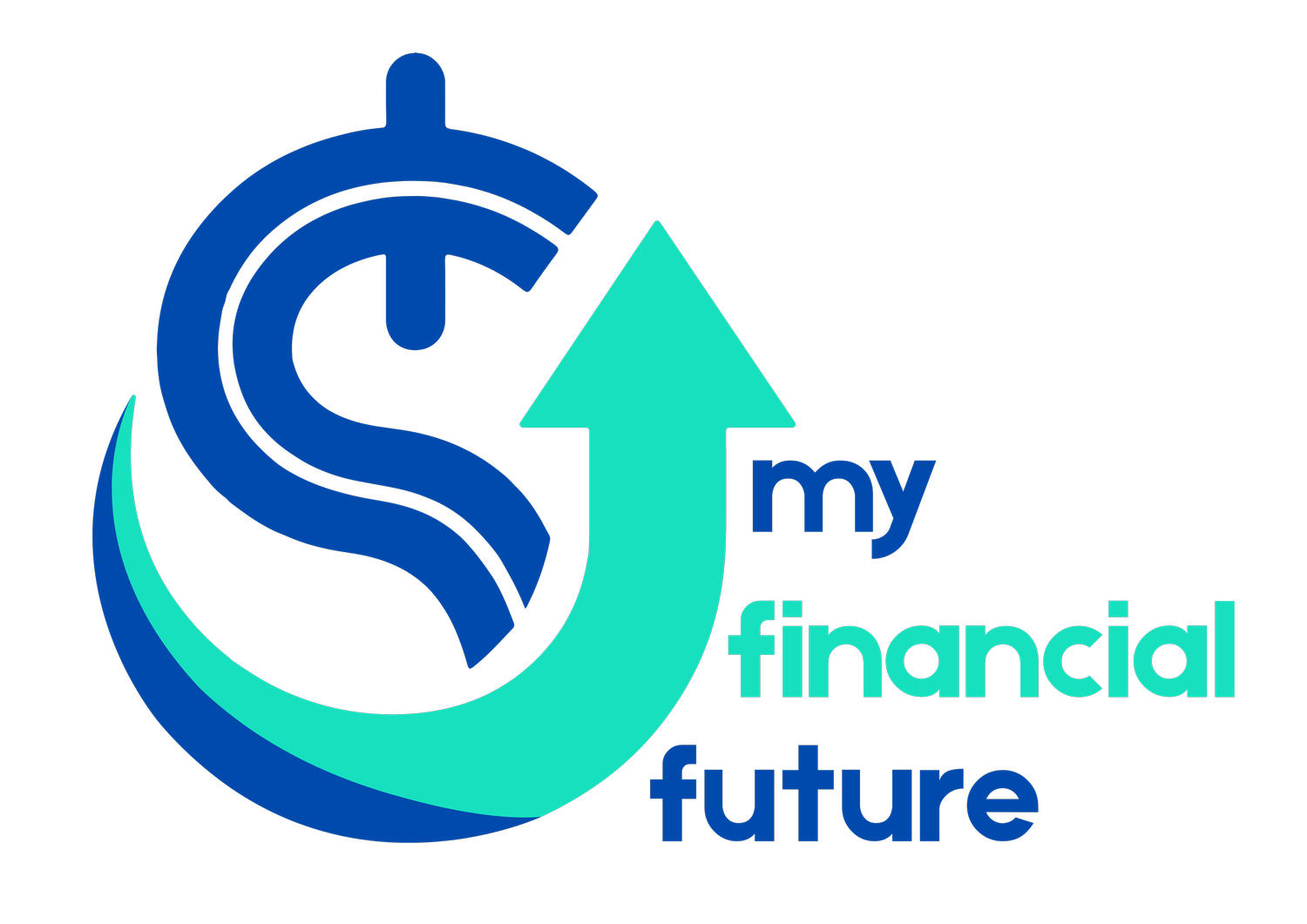Getting Paid for the First Time? What’s on Your Payslip Explained
Scored your first job or first full-time employment? Nice one! Now’s the time to get smart with your money. Here are a few things to know when you receive your first pay.
Payslips and Tax
Every time you get paid, your employer will issue a payslip. This shows your gross income (before tax) and net income (after deductions). One of the key deductions is PAYG (Pay As You Go) tax, which your employer withholds and sends to the Australian Taxation Office (ATO).
If you’re an Australian resident for tax purposes and this is your only job, you may be eligible to claim the tax-free threshold. This means you might not pay tax on the first $18,200 you earn in a financial year. You’ll need to provide your employer with your Tax File Number (TFN) to make sure the correct amount of tax is withheld. You should review your payslip and deductions each pay cycle
Does the gross earnings match the hours you worked multiplied by the rate you were told?
Is the PAYG tax amount in line (not too low, not obviously wrong)?
Is super being properly paid (check fund name, amount). Employers must deposit it at least quarterly (although this is likely changing to each pay day from 1 July 2026)
Keep your payslips/files. When it’s tax‑return time, you’ll need them.
If something seems off (tax looks too high, super missing), talk to payroll or HR early.
Superannuation
Superannuation, or super, is money set aside for retirement. Most employees are eligible for employer contributions, currently set at 12% of ordinary time earnings under the Superannuation Guarantee (SG) in the 2025/26 Financial Year. This is paid into your nominated super fund and is separate from your regular pay.
You can check your payslip to see if super contributions are being made and how much is being deposited. Choosing a super fund is optional, but if you do not nominate one, your employer may use a default fund.
Automatic Transfers and Budgeting Tools
Some people choose to set up automatic transfers to separate accounts to manage savings or expenses. This might involve creating a savings account and arranging for a portion of income to move into it each payday. While this is not required, some use it to track spending or allocate funds.
There are also budgeting apps and tools that may help people monitor income and expenses, but their use depends on personal preference.
Summary
Getting new employment is exciting, and managing your money well now will pay off hard. You’ve got three key areas: your pay, super and how you track/spend the money you’ve earned.
Start today, keep it simple, live your life … but make smart choices. Future you will thank you. We delve into these concepts deeper in our workshops and course.


